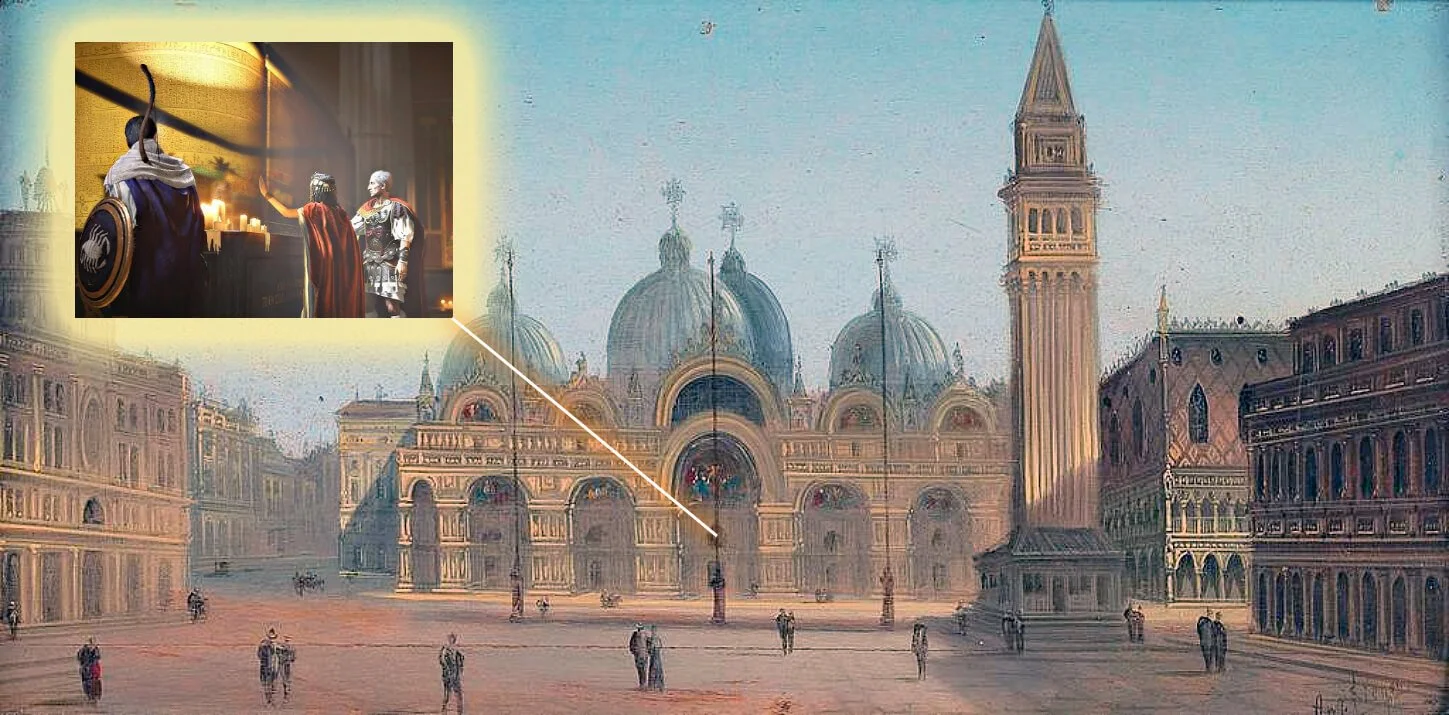An aerial view of the Bronze Age settlement, Basur Höyük. Photo: Basur Höyük Excavation Project
At the threshold of written history, when the first civilizations began to take shape in Mesopotamia and Anatolia, society was undergoing radical changes in its structure, economy, and culture.
The Secrets Hidden in a Royal Cemetery
Basur Höyük, an ancient royal cemetery discovered in eastern Turkey, is one of the most revealing finds from this period of dramatic change.
A recent study reveals that this archaeological site provides valuable insight into understanding the origins of inequality during the Bronze Age, on the fringes of Mesopotamia.
Located in the Şırnak province of modern-day Turkey, Basur Höyük is recognized as a significant settlement during the third millennium BCE.
The site of Başur Höyük on the Upper Tigris. Photo: D. Wengrow et al.
Archaeological research has uncovered grand tombs belonging to the local elite. These tombs contain extraordinary grave goods, including weapons, prestigious items, and offerings, all indicating a clear social stratification among the inhabitants of the region.
The study, based on excavations and detailed archaeological analysis, suggests that Basur Höyük was a center of local power with strong ties to the major cities of Mesopotamia.
Although it was not part of the great empires of the time, this enclave became a hub for wealth and prestige, reflected in the tombs of the settlement’s ruling elite.
The site of Başur Höyük on the Upper Tigris. Photo: D. Wengrow et al.
Evidence of Human Sacrifice
One of the most striking discoveries at Basur Höyük is evidence of human sacrifice, a phenomenon recorded in other ancient civilizations as well.
In certain tombs, archaeologists found the remains of multiple individuals who were likely buried alongside the rulers in a ritual symbolizing the transition to the afterlife and the maintenance of social order even after death.
Such practices were common in highly hierarchical societies, where leaders used these rituals not only as displays of power but also as mechanisms to reinforce faith and the structure of authority.
A collection of metal grave goods made of copper from Başur Höyük. Photo: D. Wengrow et al.
According to bioarchaeological analyses, the victims of these sacrifices were primarily teenage girls, deliberately chosen for the ritual.
The grave goods discovered at Basur Höyük are another key element supporting the idea of growing inequality in the area during the Bronze Age.
The elite tombs contain copper knives, spearheads, cylindrical seals, intricate gold and silver jewelry, and other luxury items, all suggesting privileged access to goods and advanced technologies for the time.
Collection of metal grave goods made of copper from Başur Höyük. Photo: D. Wengrow et al.
Social Inequality as a Result of a Systematic Plan
These findings support the theory that social inequality did not arise spontaneously but was likely the result of a gradual process driven by the need to establish power, control resources, and institutionalize class differences.
The analysis of this royal cemetery contributes to a better understanding of how human societies transitioned from egalitarian systems to strictly hierarchical structures. Basur Höyük was situated between the cities of Mesopotamia and the tribal populations of Anatolia, which gave it a key role in the diffusion of ideas, technologies, and power structures.
From the study of this site, researchers have identified patterns similar to those observed in other parts of the world, where emerging elites used war, trade, and religious rituals to solidify their dominance over the rest of the population.
Archaeological evidence shows that inequality was not an “inevitable byproduct” of cultural development, but a deliberate mechanism for organizing power.









